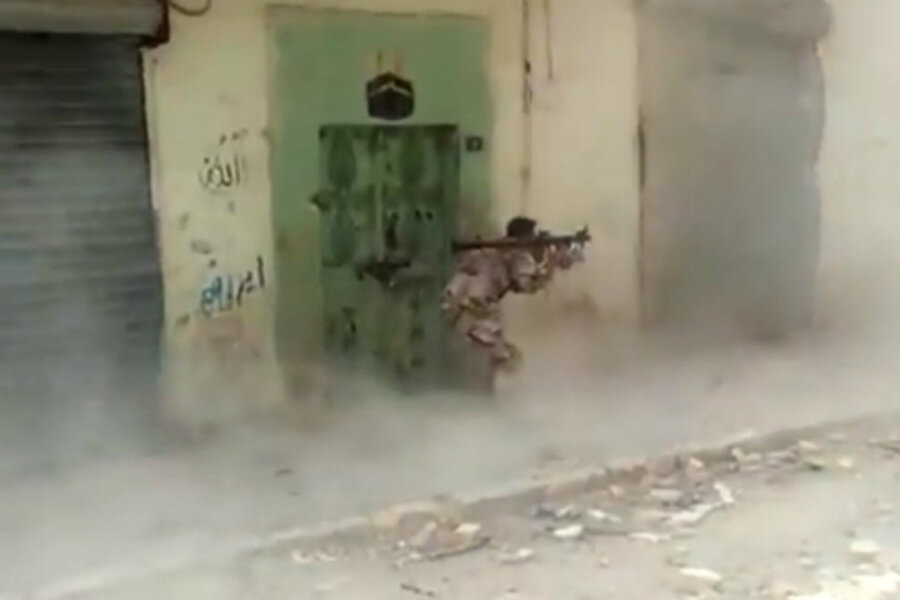There is an “incredible ability for people to network themselves,” enabled by an information revolution that “is so rapid that I think it’s even more frightening than we realize,” Hicks says.
The use of Twitter in the Middle East, for example, has illustrated “how powerful – often for the good – the technology is,” she adds. “What we don’t really know exactly yet is how it could be leveraged in ways that challenge us.”
Hicks recalls that she and her colleagues used to pass one another news stories about the different uses of unmanned aerial vehicles (UAVs), from a proprietor delivering burritos to a man in San Francisco proposing to his fiancée.
While the uses were innocent, it got them thinking about the militarization of technology.
It’s possible to imagine urban environments where US troops are sent into battle against adversaries able to tweet the location of US soldiers they see, or use unmanned systems to broadcast movements. Another scenario: loading small, cheap drones with munitions to use against the troops.
“We’ve spent a tremendous amount of money developing [UAV] technology, and we’ve done it in a way to make sure it’s secure and that it can’t be easily corrupted,” Hicks says. But that could "put our forces at risk in a way we have assumed they wouldn’t be.”





